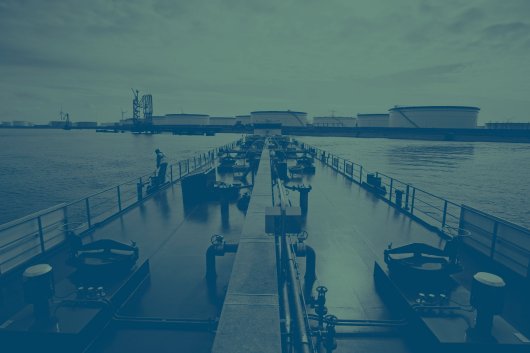Fuel consumption lower than expected for Royal Caribbean
First quarter fuel consumption per available passenger cruise day was lower than in 2012.
Royal Caribbean Cruises Ltd. has revealed that bunker fuel consumption during the first quarter of 2013 was 5,000 metric tonnes lower than expected, at 345,900 metric tonnes. In comparison with the corresponding period in 2012, fuel consumption per available passenger cruise day (APCD)* was 1.2% lower.
The company's average bunker price net of hedging during the first quarter was $699 per metric tonne.
In its fuel expense and guidance summary for 2013, Royal Caribbean provided its fuel cost calculations based on current at-the-pump prices, net of hedging impacts. Based on current bunker prices the company has included fuel expenses of $236 million and $928 million in its second quarter 2013 and full year 2013 guidance, respectively.
Forecasted consumption is now 57% hedged via swaps for the remainder of 2013 and 55%, 40%, 20% and 5% hedged for 2014, 2015, 2016 and 2017, respectively. For the same five-year period, the average cost per metric tonne of the hedge portfolio has been calculated at approximately $568, $623, $635, $602 and $638, respectively.
Royal Caribbean provided the following fuel statistics for the second quarter and full year 2013:
In its financial results for the first quarter of 2013, Royal Caribbean posted a net income of $76.2 million, or $0.35 per share, compared to 47.0 million, or $0.21 per share, in the first quarter of 2012.
Both onboard revenue and ticket pricing improved, contributing to a net yield increase of 3.6% on a constant-currency basis.
Commenting on the results, Richard D. Fain, chairman and chief executive officer, said: "It was a gratifying first quarter. Ticket revenues were better than expected, costs were well controlled and it was encouraging to see record guest satisfaction and noticeable improvements in onboard spending as a result of our revitalization efforts."
*APCD is a measurement of capacity and represents double occupancy per cabin multiplied by the number of cruise days for the period. The company uses this measure to perform capacity and rate analysis to identify the main non-capacity drivers that cause cruise revenues and expenses to vary.
Image: Royal Caribbean's cruise vessel Vision of the Seas.
The company's average bunker price net of hedging during the first quarter was $699 per metric tonne.
In its fuel expense and guidance summary for 2013, Royal Caribbean provided its fuel cost calculations based on current at-the-pump prices, net of hedging impacts. Based on current bunker prices the company has included fuel expenses of $236 million and $928 million in its second quarter 2013 and full year 2013 guidance, respectively.
Forecasted consumption is now 57% hedged via swaps for the remainder of 2013 and 55%, 40%, 20% and 5% hedged for 2014, 2015, 2016 and 2017, respectively. For the same five-year period, the average cost per metric tonne of the hedge portfolio has been calculated at approximately $568, $623, $635, $602 and $638, respectively.
Royal Caribbean provided the following fuel statistics for the second quarter and full year 2013:
| Statistics | Second Quarter 2013 | Full Year 2013 |
| Fuel Consumption (metric tonnes) | 340,000 | 1,363,00 |
| Fuel Expenses | $236 million | $928 million |
| Percent Hedged (fwd consumption) | 57% | 57% |
| Impact of 10% change in fuel prices | $9 million | $26 million |
In its financial results for the first quarter of 2013, Royal Caribbean posted a net income of $76.2 million, or $0.35 per share, compared to 47.0 million, or $0.21 per share, in the first quarter of 2012.
Both onboard revenue and ticket pricing improved, contributing to a net yield increase of 3.6% on a constant-currency basis.
Commenting on the results, Richard D. Fain, chairman and chief executive officer, said: "It was a gratifying first quarter. Ticket revenues were better than expected, costs were well controlled and it was encouraging to see record guest satisfaction and noticeable improvements in onboard spending as a result of our revitalization efforts."
*APCD is a measurement of capacity and represents double occupancy per cabin multiplied by the number of cruise days for the period. The company uses this measure to perform capacity and rate analysis to identify the main non-capacity drivers that cause cruise revenues and expenses to vary.
Image: Royal Caribbean's cruise vessel Vision of the Seas.
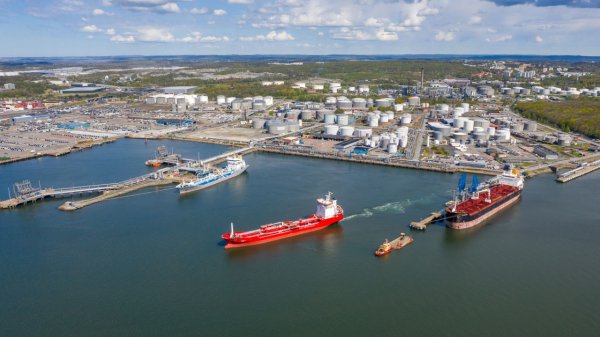
|
Swedish biomethane bunkered in Gothenburg
Test delivery performed by St1 and St1 Biokraft, who aim to become large-scale suppliers. |
|
|
|
||
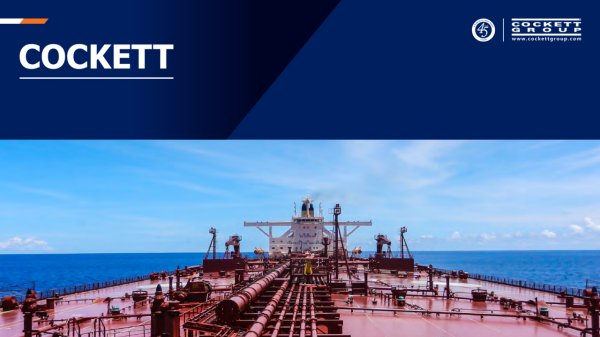
|
Cockett to be closed down after 45 years
End of an era as shareholders make decision based on 'non-core nature' of Cockett's business. |
|
|
|
||
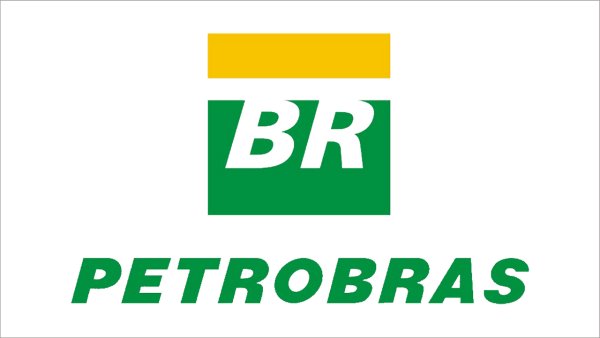
|
Petrobras confirms prompt availability of VLS B24 at Rio Grande
Lead time for barge deliveries currently five days. |
|
|
|
||
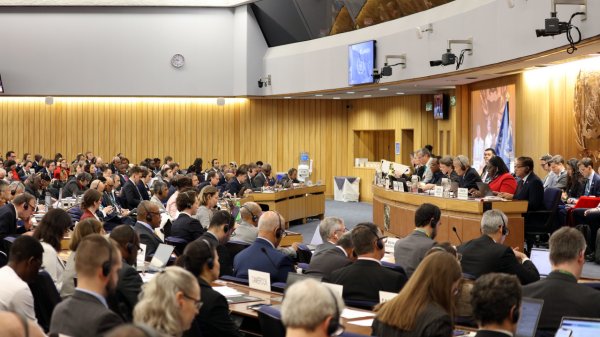
|
IMO approves pricing mechanism based on GHG intensity thresholds
Charges to be levied on ships that do not meet yearly GHG fuel intensity reduction targets. |
|
|
|
||
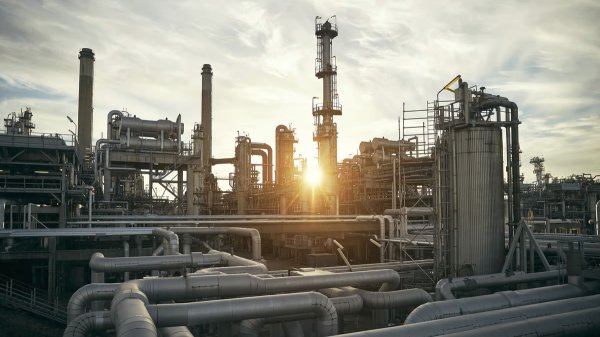
|
VARO Energy expands renewable portfolio with Preem acquisition
All-cash transaction expected to complete in the latter half of 2025. |
|
|
|
||
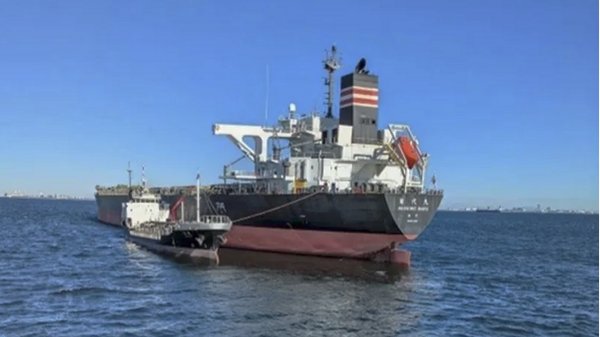
|
NYK trials biofuel in milestone coal carrier test
Vessel is used to test biofuel for domestic utility company. |
|
|
|
||
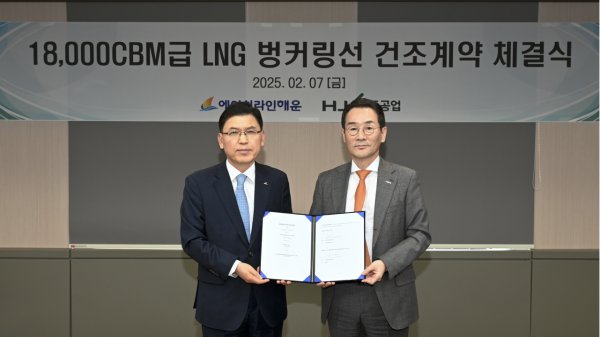
|
H-Line Shipping orders LNG bunkering vessel
Vessel with 18,000-cbm capacity to run on both LNG and MDO. |
|
|
|
||

|
How to engineer and manage green shipping fuels | Stanley George, VPS
Effective management strategies and insights for evolving fuel use. |
|
|
|
||
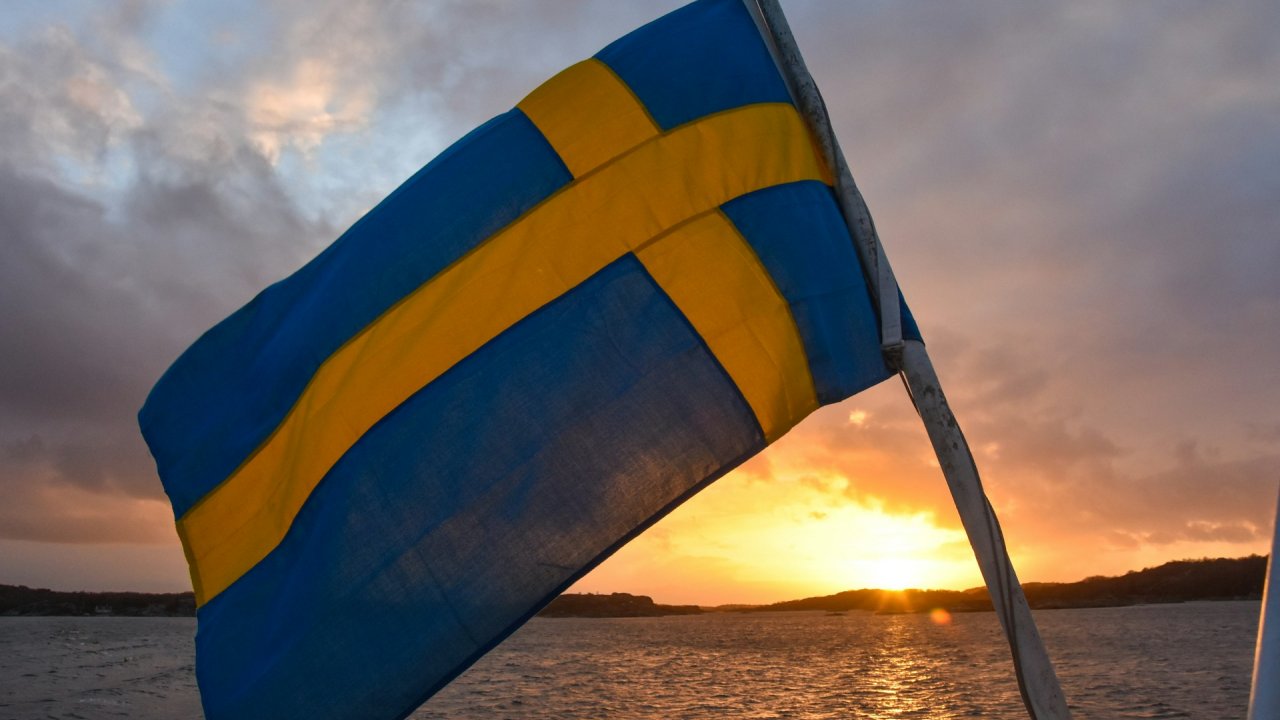
|
Swedish government bans scrubber wastewater discharges
Discharges from open-loop scrubbers to be prohibited in Swedish waters from July 2025. |
|
|
|
||
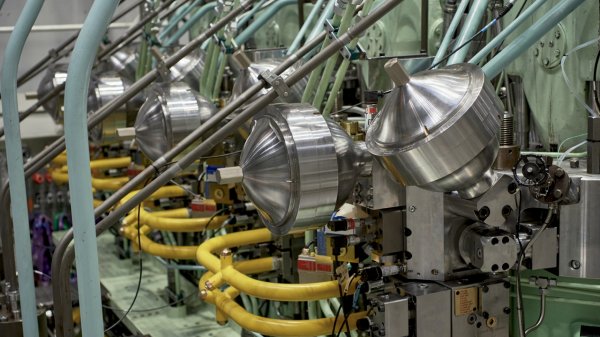
|
MAN Energy Solutions achieves 100% load milestone for ammonia engine
Latest tests validate fuel injection system throughout the entire load curve. |
|
|
|
||
Related Links
- · Cruise line orders emissions monitoring system [Insights]
- · Royal Caribbean ships to be fitted with hybrid scrubber systems [Insights]
- · Scrubber installed on cruise ship [Insights]
- · Cruise line saves fuel with improved design [Insights]
- · Royal Caribbean wins eco-award [Insights]
- · United States [Directory]

